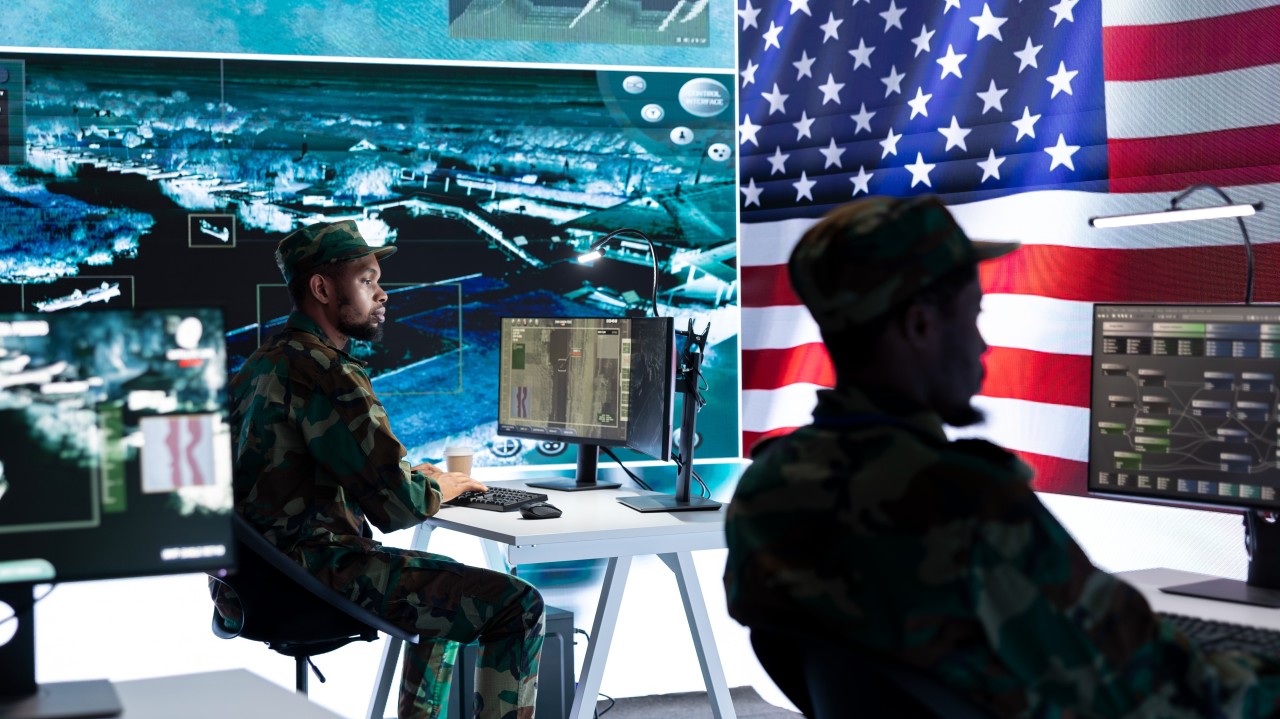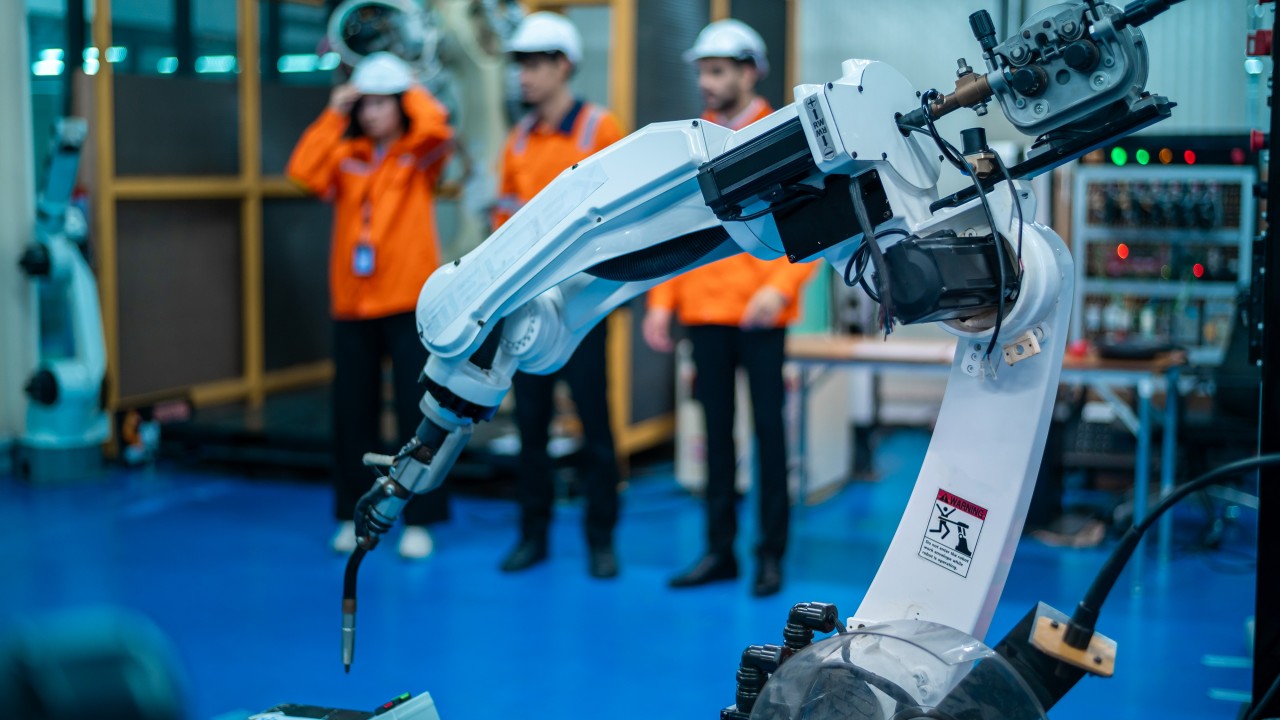
Augmented Reality As A Sales Tool
Augmented reality is the use of computer-generated input that are augmented into a view of the real world. It has been a concept explored in the 60s, and continues to pick up steam 50 years later. Just recently, Niantic released the astronomically-popular Pokémon Go, which has been downloaded over 500 million times and is one of the highest-grossing mobile games of all time, which has brought AR back into the eyes of mainstream. Magic Leap is also said to be working on interesting applications for Augmented Reality and has secured over $800 million in funding.
All of this mass-media exposure has led to brands asking us how they might be able to utilize Augmented Reality as a sales tool. And that is a question that Wayfair aims to answer. The online furniture retailer has created a brand new app called WayfairView, exclusively for Google’s Tango platform. This app lets users view through Wayfair’s catalog, and position the furniture of their choice through AR to see how it would look in that location. Then there’s a convenient button to got to Wayfair’s regular app to buy the furniture. This gives people more confidence in what they want to buy, which should help influence how much people choose to buy.
Wayfair isn’t the only retailer that is using this as a sales technique; many other retailers are implementing AR into their stores.
Lowe’s has set up the “Holoroom” which is similar to WayfairView; it utilizes the Oculus Rift to show a simulation of a room with the furniture set up beforehand.
IKEA released a VR app on Steam which lets people customize their own kitchen in a virtual environment.
Sephora has a feature for people to apply virtual cosmetics onto their face, from their website or their mobile app.
Fortunately for those retailers, it seems that customers see this in a good light as well. In a survey in February by digital marketing agency Walker Sands, 55% of consumers think that these applications will influence their buying in some way, and a third said they would likely shop more with e-commerce retailers that use VR features.
All of these augmented reality investments seem to be coming because of the growth of the aforementioned Tango. Before, most of the content accessible on it were developer prototypes which used computer vision for their devices to track its relative position, a fairly unnotable application. However, Google started to get into contact with retailers about Tango’s ability to overlay virtual reality objects over the user’s environment in front of them. They promised it would be a more immersive shopping experience than regular online shopping which would also be more realistic, without use of cumbersome headsets.
That is where the true advantage of augmented reality comes in. By letting people apply what they want to buy in an actual application through an app, they can see how it is in advance, and give people less doubts. In examples given above, it’s mainly for things that are applied directly, such as furniture to a room, or cosmetics on a face. However, they can easily be used in other retailers. For example, in a video game retailer, AR can be used to possibly see live footage of the game, to get people to see the game in action like in trailers. They can even take it a step further and give people some interaction over it, as a small test demo on an augmented reality platform.
If the idea of carrying around an AR tablet as well as your phone everywhere you shop doesn’t sound appealing, Lenovo has you covered, with its Phab2 Pro being released around this time. It is the first consumer phone to support Tango, which goes at a cheaper price than other standalone VR/AR devices. The Phab2 Pro’s introduction is expected to get other smartphone makers interested in this technology, and it’s probable that most smartphones could be fitted to run Tango apps before 2020.
AR once again has proven itself to be a useful tool in the real world, something that can be applied to our everyday life to improve it. Shopping online has been shown to work very well, so it could become a staple in the future. Whatever the case may be, augmented reality is an effective sales tool, and hopefully will show more examples of effectiveness in the future.
To discuss the possibilites of Augmented Reality for your brand or to discuss new applications of AR not mentioned here please do reach out!





